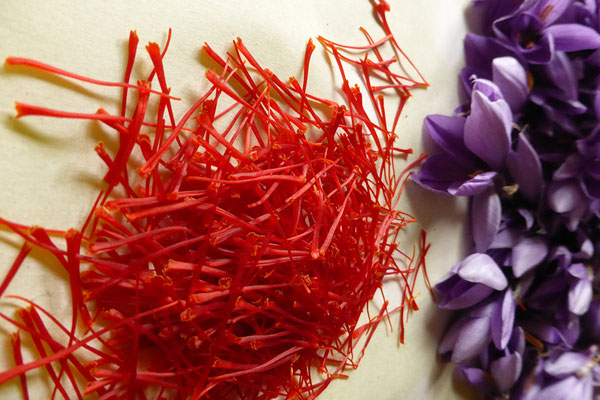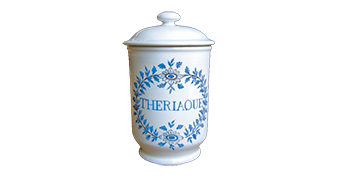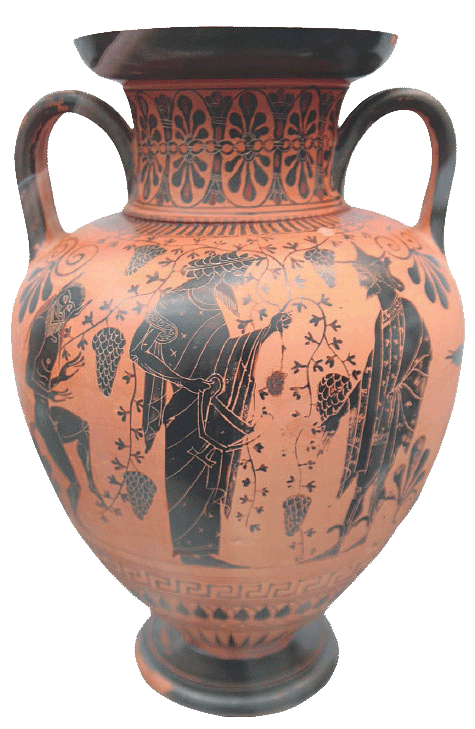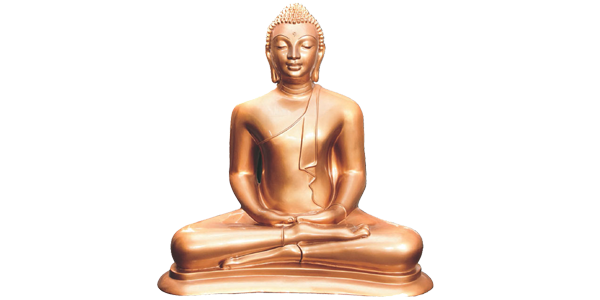The virtues of saffron
~ The virtues of saffron
“Bring cheerfulness and wisdom”

In the medical and pharmaceutical domains, the use of saffron is legendary
Many civilisations, from Tibet, passing through Mesopotamia, to Europe, both ancient and modern, have benefited from the properties of saffron, using it in various preparations. This precious remedy was known and prescribed by the most illustrious people.
Doctors such as Hippocrates, Homer and Virgil knew of its stimulant, digestive and anti-spasmodic properties.
In the Iliad, Homer writes about saffron, by the name of Krocoz, and makes reference to is use as a medicine and as a flavouring. And like other authors, he confirms that during Bacchanalias – Roman drinking bouts – saffron was strewn on the floor, because its smell helped disinhibit the hosts.
In the middle ages saffron was used to fight the black plague.
In France, saffron has long been used to treat numerous maladies. Grandmothers counselled the use of saffron in tea or milk to alleviate period pains in young girls.
It was included in the preparation of Garus’s elixir, in Delabarre syrup.
In 1724, the book “Medicine for the poor” recommended it for soothing coughs, migraines, sea-sickness, excessive sadness, swollen eyelids and smallpox. Theriac was entered into the medical codex in 1884 as a universal antidote to poisons.
Saffron – a powerful antidepressant
A true gift from Mother Nature
It is one of the oldest medicinal plants known in history.
In ancient times it was said that it “Serves the taste, pleases the eye and lifts the spirits”.
Talk to your doctor or pharmacist. Dictionnaire de médecine, de chirurgie, de pharmacie, des sciences accessoires et de l'art vétérinaire. Thèse faculté de pharmacie.

Saffron and beauty
Saffron is used in numerous elixirs, poultices, and unguents, and took hold so extensively that the Venetian republic created an Ufficio dello Zafferano.
These days saffron is still used in the cosmetic industries.
You can find it in perfumes, toilet waters, hydrating products, shampoos and soaps.
Saffron is used in traditional makeup such as the bindi – the red dot that Hindu women wear on their foreheads.
Berber women use saffron for their feasts as a paste to cover their hair and to draw lines on their faces: outlines on the forehead, cheeks and chin, with patterns designed to fend off the evil eye.
During the renaissance, Italian women’s Venetian blonde was obtained by a mixture of saffron and lemon juice after exposure to the sun.
Integrated into beauty products, saffron stigmas naturally bring highlights and intensifies the colour, whereas its anti-oxidant properties have an revitalising anti-age effect.

To be used in winter to avoid a lacklustre tint. Mix a heaped soup spoon of white clay and a teaspoon of rosewater with the juice of half a lemon. Then sprinkle a pinch of powdered saffron, stir and spread on your face for 10 to 15 minutes, taking care to spray rosewater on the mask if it dries too quickly. When you take it off, your skin is soft and revitalised, with a slight golden tint.
Saffron:
Powerful colourant
In ancient Persia, traditionally, the royal silks, woollen sheets, leather, silk and carpet fabrics were dyed this luminous colour, conferring hierarchical and spiritual status.
The Irish and the Scots wore a long knitted woollen tunic, known as a Leine, which was traditionally dyed with saffron.
The Book of Kells, a major work of Irish Christianity, was written in saffron ink.
A flower for peace?
Legend has it that during one of his campaigns, Alexander the Great, pitched camp one evening on a barren plane in Kashmir. Astonished by the sudden appearance, in the early morning, of thousands of mauve saffron flowers, he wept and turned around, seeing this phenomenon as a divine sign or a bad augur.
The Kashmiris repelled the invader without fighting!
Symbolic saffron
In Asia, where the cultivation was developed, this flower is associated with an image of excellence and purity, notably by Buddhists for whom the amber and red colours are associated with the monk’s habits and those of the Dalai Lama. It is also used for colouring the water in their prayer-bowls.
According to ancient Egyptian papyruses, saffron was burnt during religious ceremonies in order to purify their sanctuaries and attract good spirits. They burnt Kyphi incense after sunset so as to find calm and serenity, thanks to the narcotic properties of the mixture.





